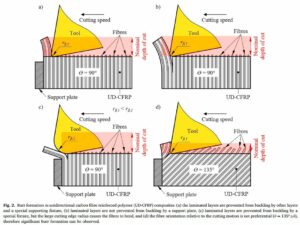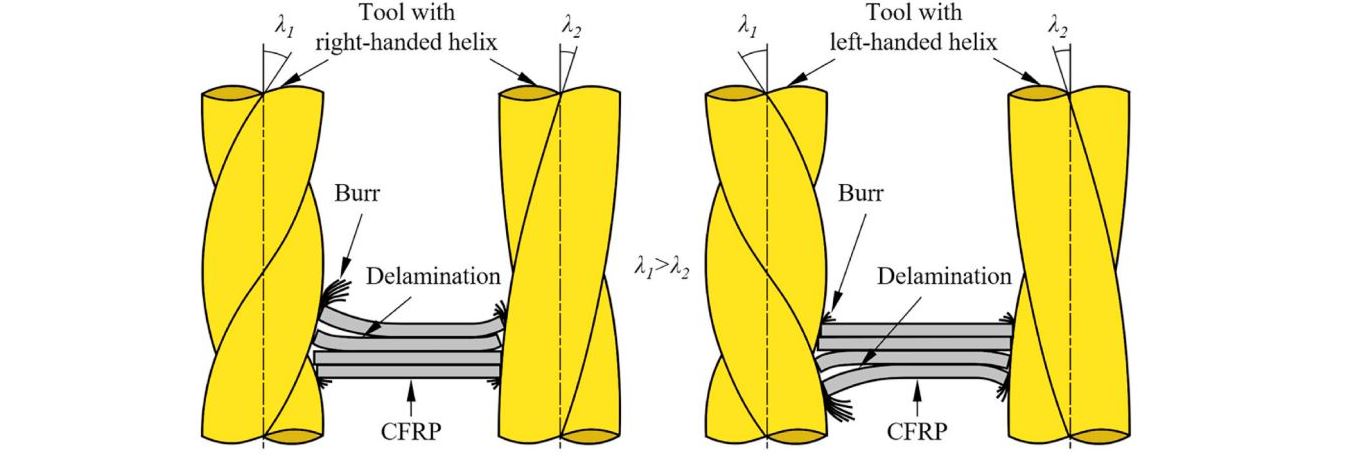A Composites Part B: Engineering (IF.: 9,078) című neves nemzetközi folyóiratban megjelent publikációban részletezték kollégáink a szénszállal erősített polimer (CFRP) kompozit anyagok forgácsolásakor keletkező sorja mérésének és jellemzésének problematikáját és korszerű megoldásait. A folyóiratcikk szerzői: Poór Dániel (szeptemberben kezdni meg nálunk a PhD képzést, szakmai témavezetője Dr. Geier Norbert lesz), Dr. Geier Norbert (adjunktus), Pereszlai Csongor (PhD hallgató) és Jinyang Xu (a Shanghai Jiao Tong egyetem docense). A kutatás az OTKA-PD20-134430 és az ÚNKP-20-2-I-BME-268 projekt keretein belül valósulhatott meg. A publikáció rövid angolnyelvű kivonata alább olvasható. A folyóiratcikk nyílt elérésű (open access), így korlátozás nélkül elérhető és lementhető innen.
Abstract: Burr is one of the main macro-geometrical types of damage concerning machined features of carbon fibre reinforced polymer (CFRP) composites. Even if it does usually not weaken the strength of composite materials, it is recommended to be removed. The deburring process often leads to significantly increased operation time and cost. In both the industry and academia, digital processing of optically captured images is the most common evaluation method for burr-characterisation. Nevertheless, there is no agreement on the measures and techniques of burr-evaluation in CFRPs. Recent key papers on burr formation, measurement and evaluation in CFRPs are reviewed in an attempt to standardise and classify burr characterisation related expertise. In this paper, burr formation mechanisms, burr measurement methods and burr parameters are critically reviewed, compared and discussed. The main advantages and disadvantages of burr measures are highlighted and their possible future applications and prospects are also considered. Furthermore, burr measures reviewed are compared and discussed based on an experimental data set.

